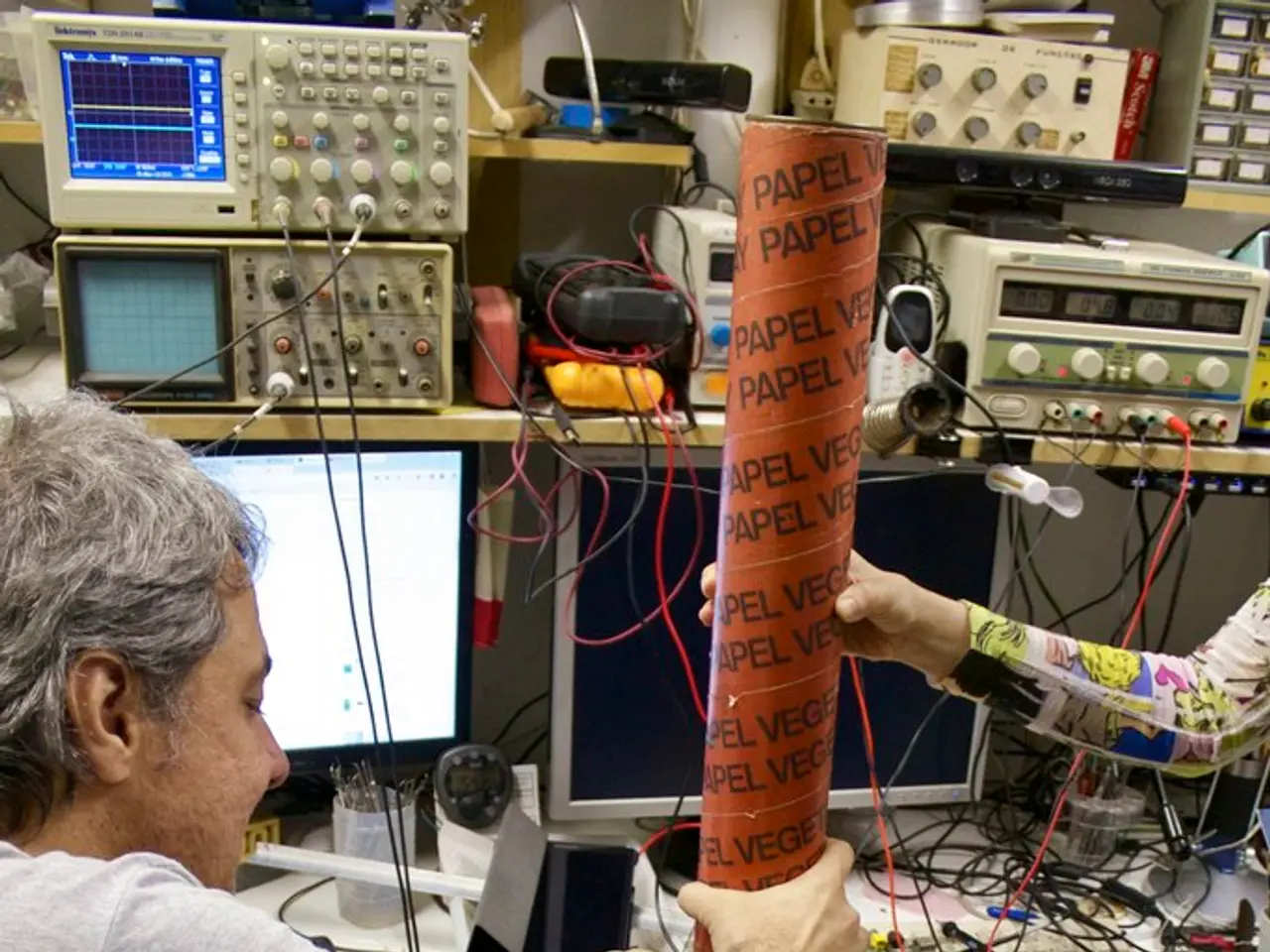Astrophotography Newcomers Delight in ZWO Seestar S50 Review
In the realm of astrophotography, the ZWO Seestar S50 has made a significant impact as a budget-friendly, high-quality smart telescope. Released in 2023, this compact and portable device is ideal for both beginners and experienced users, offering impressive features for its price point.
The Seestar S50 boasts an aperture of 50mm and a focal length of 250mm, making it brilliant for quick and easy deep sky astrophotography. Its focal ratio of f/4.9 and duo-band light pollution filter ensure clear and sharp images, even in less than ideal observing conditions.
One of the standout advantages of the Seestar S50 is its mosaic mode capability, which allows users to capture larger fields of view and image expansive deep-sky objects such as the Heart Nebula. This feature enables users to overcome previous framing limitations, especially in regions with challenging light pollution.
The Seestar S50 is also praised for its versatility, as it can perform both deep-sky imaging and solar astronomy, making it adaptable for various observing conditions and interests. Its user-friendly design, with simple setup and operation, further adds to its appeal.
However, compared to some competitors, such as the Dwarf series telescopes, particularly the Dwarf 3, the Seestar S50 has some trade-offs. For instance, while the S50 offers a 2MP sensor, the Dwarf 3 uses a high-performance sensor that may provide better image detail in certain conditions. Additionally, the Dwarf 3 offers a larger field of view, though the Seestar S50's recent mosaic update helps level the playing field for wide-field imaging.
It's worth noting that direct, detailed comparisons with the older Dwarf 2 are scarce in current reviews. However, the Seestar S50's recent features make it a strong contender in the smart telescope market.
Weighing just 2.5 kg, the Seestar S50 is highly portable, making it easy to transport and set up in different locations. It is equipped with an auto-leveling system and autofocus, ensuring that images remain sharp and clear. The telescope also features automatic GoTo and tracking capabilities, further simplifying the astrophotography process.
In summary, the ZWO Seestar S50 is an excellent choice for those seeking an affordable, high-quality smart telescope. Its versatility, user-friendly design, and impressive imaging capabilities make it a strong contender in the market. While it may not outperform more expensive models in every aspect, the Seestar S50 offers exceptional value for money for those looking to delve into the world of astrophotography.
- In the domain of smart telescopes and space-and-astronomy gadgets, the ZWO Seestar S50 has earned recognition as a budget-friendly, high-quality option, particularly for its performance in deep sky astrophotography.
- With an aperture of 50mm and a focal length of 250mm, the Seestar S50 is suitable for swift and easy imaging of distant celestial bodies, even in conditions affected by light pollution.
- One of the S50's noteworthy advantages is its mosaic mode, enabling users to capture larger fields of view and picture expansive deep-sky objects, such as the Heart Nebula, breaking down previous framing limitations.
- The versatile Seestar S50 can cater to both deep-sky imaging and solar astronomy, adapting to various observing conditions and interests thanks to its user-friendly design and simple setup.
- While the Seestar S50 has some trade-offs compared to some competitors like the Dwarf series telescopes, particularly the Dwarf 3, it offers a 2MP sensor and a recent mosaic update for competitive wide-field imaging.
- The Seestar S50, weighing just 2.5 kg, is portable and equipped with features like auto-leveling, autofocus, automatic GoTo, and tracking capabilities, making it user-friendly while simplifying the astrophotography process in space and astronomy technology.




